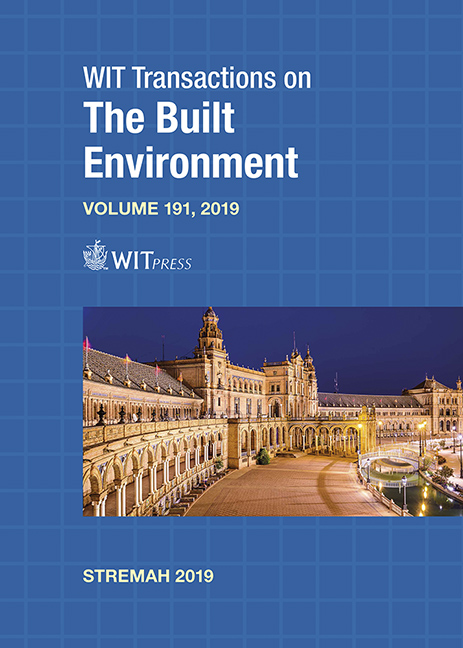HERITAGE SIGNIFICANCE OF LATE 19TH AND EARLY 20TH CENTURY BUILDINGS IN THE BUGANDA KINGDOM, UGANDA
Price
Free (open access)
Transaction
Volume
191
Pages
6
Page Range
79 - 84
Published
2019
Paper DOI
10.2495/STR190071
Copyright
WIT Press
Author(s)
GILBERT KAFUUMA, ESTHER MUHWEZI, MARK R. O. OLWENY
Abstract
The paper sets out to investigate the heritage significance of four late 19th and early 20th century buildings in Buganda capital of Mengo. The buildings, Keweerimidde House (1890s), Basiima House (1902), Chwa Building (1904), and Muteesa I Dormitory (1904), were built during an extraordinarily tumultuous period in the history of the Kingdom which no doubt had an impact on the buildings that were constructed, and their subsequent use over the years. The exploration is undertaken through an approach that combines two exploratory techniques: values and narratives. These are used to investigate the many tales that surround these buildings, while reflecting on the socio-political developments of the period, which also influenced their commissioning and construction. This led to a better understanding of the embedded relationship between the specific buildings and the stories that are often neglected in discourse of heritage in the context of Uganda. A key part of the study was the documentation of the four buildings, which revealed a further dimension of heritage studies, such as cultural changes in Buganda during the period under question. Through this evaluation, the paper seeks to contribute to the understanding and appreciation of architecture of this period, while at the same time building a documented inventory of these buildings.
Keywords
significance, historic buildings, heritage conservation, culture




